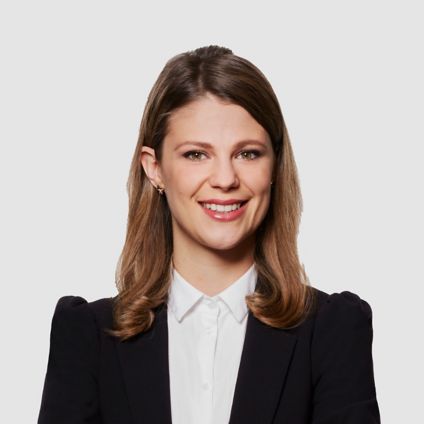The final regulations issued by the Internal Revenue Service (IRS) and US Treasury concerning qualified foreign pension funds (QFPFs) provide clear(er) guidance on the criteria for, and assessment of, a QFPF status by a foreign pension fund. This is generally good news for Swiss pension funds.
Benefits of QFPF status / QFPF in a nutshell
Gains or losses from the disposal of, and distributions received from, U.S. real property interests by a non-U.S. person are in principle subject to U.S. tax (so-called ‘FIRPTA’ rules). This may arise, for example, from investments into real estate funds with underlying U.S. real estate assets.
However, an exemption from such tax is available for non-U.S. persons qualifying as a Qualified Foreign Pension Fund (QFPF), under section 897(l) of the U.S. tax code. This exemption makes the U.S. an attractive market (from a tax perspective) for foreign pension funds to invest.
Final regulations
The Internal Revenue Service (IRS) and U.S. Treasury originally issued proposed regulations containing rules for foreign pension funds and their subsidiaries to qualify as QFPF in June 2019. The legislative process, which included gathering comments from industry, was completed with the publishing of final regulations on 29 December 2022 in the U.S. Federal Register.
The final regulations have not changed any of the fundamental criteria for QFPF status (see below). Instead, the final regulations incorporate various changes from the proposed regulations (mostly in response to comments received from industry) in order to clarify many of the definitions and tests / thresholds, with the aim of facilitating access to the QFPF status to a wide variety of foreign pension funds. This is good news for pension funds wishing to benefit from QFPF status.
Generally, a pension fund qualifies as a QFPF if it: (1) is an eligible fund (trust, corporation, or other organization or arrangement); (2) is organized under foreign (non-U.S.) law; (3) is established to provide “retirement or pension benefits” (85% threshold) to current or former employees; (4) does not have large beneficiaries (5% threshold); (5) is subject to government regulation and reporting; and (6) is entitled to favorable foreign tax treatment.
In particular, the final regulations contain a more liberal definition of the term “retirement or pension benefits”, and include an allowance for “ancillary benefits” (e.g. benefits payable upon terminal illness, death, short-term disability, unemployment or other health-related benefits) (max 15% threshold) as well as certain “non-ancillary benefits” (max 5% threshold) to be provided by the pension fund without breaching this condition. The final regulations do however state that QFPFs must check that they continue to fall within all of these various thresholds on an annual basis.
The allowance for certain “non-ancillary benefits” should provide comfort to pension funds which previously were uncertain whether they could qualify as QFPF under the proposed regulations due to the provision of certain non-retirement or pension benefits (e.g. payments to fund a first home).
Key take-aways for Swiss pension funds
The final regulations should provide greater clarity and comfort for Swiss pension funds on whether or not they qualify as QFPF, as well as how to assess and document such status.
We recommend that Swiss pension funds:
- who already self-certified as QFPF with respect to their U.S. investments based on the proposed regulations update/refresh their QFPF opinion based on the final regulations;
- who were uncertain on whether or not they qualified for QFPF status previously reconsider the position in light of the final regulations;
- ensure that a process is implemented to check and document the compliance with the various thresholds on an annual basis, in the event that the IRS ever request such supporting documentation to verify the QFPF status; and
- monitor for developments from the IRS on the official form that will need to be used in the future to document their QFPF status (note that the IRS intends to revise Form W-8EXP in the near future to allow for QFPF certification, but until such time self-certification forms may continue to be used). Once the revised Form W-8EXP has been issued, pension funds can expect to receive requests from their counterparties to re-document their QFPF status using the new form.


